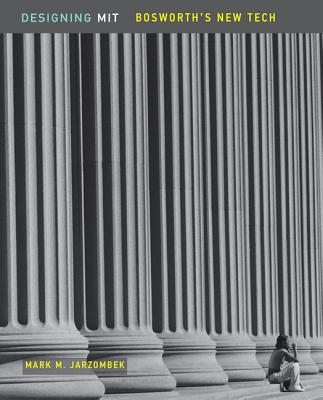Designing MIT is the first book to detail Bosworth’s challenges in the planning and construction of the Institute’s unique Cambridge campus. Beginning with an examination of the competing project proposals -- from Steven Child, an emergind landscape designer and student of Frederick Law Olmsted; Désiré Despradelle, chairman of the Department of Architecture at MIT and a leading Beaux-Arts stylist; Ralph Adams Cram, noted for his gothic West Point campus; and John Freeman, one of the country’s leading civil engineers -- Mark M. Jarzombek provides a captivating cross-section of the architectural debates of the time. Though Bosworth’s considerable social and political finesse enabled him to land the commission and balance varied competing interests, he found his classically oriented vision challenged by the engineer John Freeman, a proponent of Frederick W. Taylor’s new principle of Scientific Management. However strained, the conflict ultimately resulted in a far more innovative design than either individual approach, one that employed new European concepts of industrialism, efficiency, and aesthetics in academic structures.
Heavily illustrated with images from the MIT archives, the story of Bosworth’s new "Tech" offers more than just insight into the designing of a campus. Fraught with artistic clashes, bureaucratic tangles, and contemporary politics, Designing MIT sheds light on the academic culture in the early twentieth century, the role of patronage in the world of architecture, and the history of the Beaux-Arts style in the United States.











